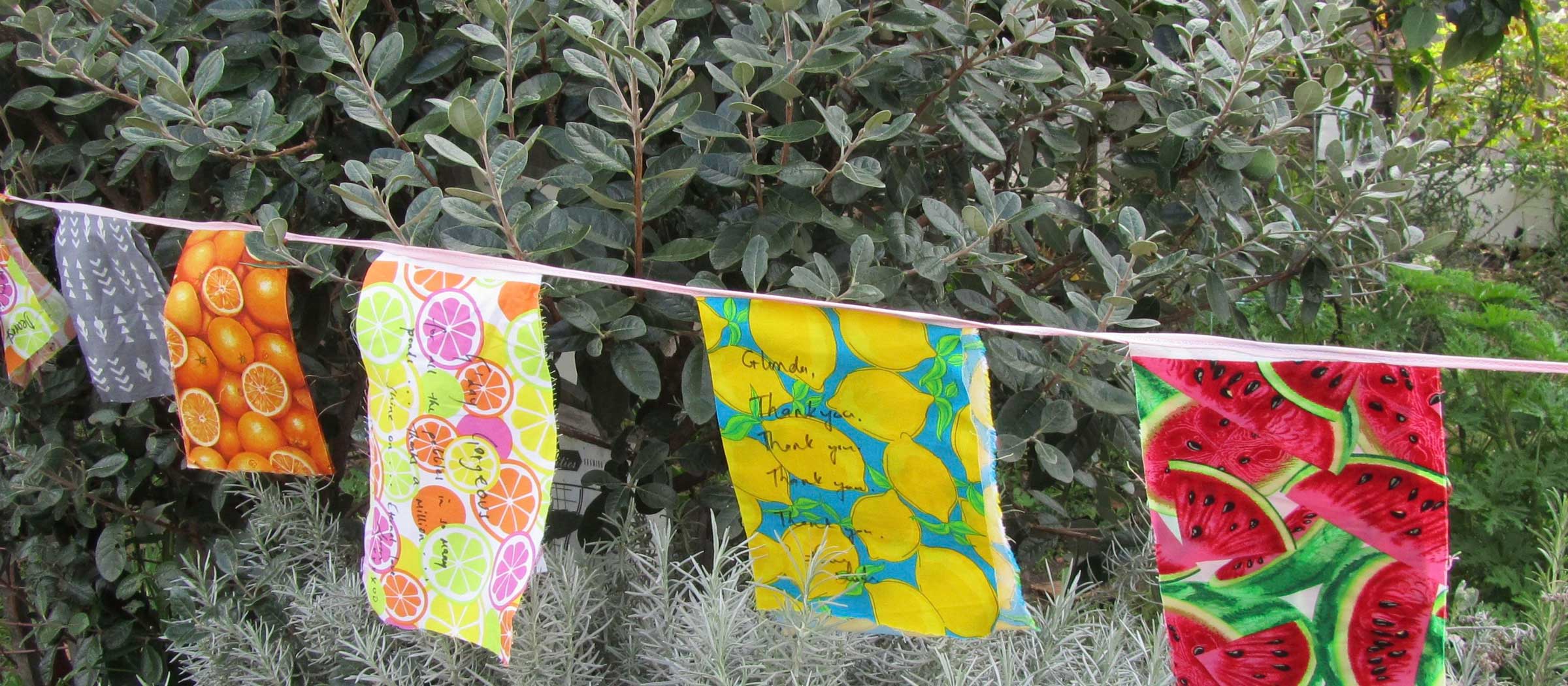Stefano Mancuso: Behind the Plant Revolution

- Words by
- Aina S. Erice
- Images by
- Aina S. Erice
If you were tasked with saving the world and all it’s problems, where would you go looking for inspiration?
Stefano Mancuso is convinced that you could —and should!— find nearly everything you might need in the plant kingdom. Beyond biomimicry or bioinspiration, he believes in phytoinspiration.
His latest book, published under the title Plant Revolution and soon to come out in English, pays homage to this revolutionary idea: that (besides love), ‘Plants are all you need’.

You might remember Mancuso as the author of Brilliant Green, a brilliant book that explores this incredible otherness we call “a plant” from a scientific perspective: their ways of sensing the environment, their behaviours, the blueprint of their most intimate structures.
Now his new book urges us to look at plants again, and see that —beyond their intrinsic value, beyond the awe in learning their secrets— they can also be an immense inspirational resource to solve practical, human problems.”
I recently had the pleasure to chat with Mancuso on his writing, his plant research, and more.
When I asked him what message he’d like a reader to take home after finishing Plant Revolution, he mentioned two things: the awareness that plants —incredibly sophisticated, yet entirely different from animals— have invented alternative solutions to many of the problems we are facing today; and a sense of wonder at how amazing these beings are.
This sense of childlike wonder is very much alive in him, too — despite revealing that he wasn’t the least bit interested in plants as a kid! “Plants are an adult love; they are too different from us for children to understand them,” he tells me. It wasn’t until much later, well into his university years, that he fell in love with the mystery of the plant kingdom – plants have been constantly surprising him ever since.

As an eager reader who has devoured all his books, I’ve been witness to an evolution in writing style that might strike whoever approaches Plant Revolution after having read Brilliant Green: the tone has become more conversational. (It feels, in fact, quite like having a real conversation with Mancuso. He’s got a great sense of humour!)
“I never think about an ideal reader,” Mancuso tells me. “When I write, I try to do so in a way that anybody, regardless of their background, may be able to understand what I’m saying.”
He achieves this in Plant Revolution, a wide-ranging book that combines stories of groundbreaking research with personal experiences, proof to Mancuso’ belief that “the best scientific communication books are those that are able to filter the science through human experience.”
Thus, I find that the book could easily be called “Adventures of a Curious Plant Neurobiologist”. Because Mancuso is, first and foremost, a curious person whose interests go well beyond the lab: he enjoys reading the classics, making music, painting… This diverse, Renaissance-style engagement with the world shines through his writings.
He is interested in how plants are able to sense their environments and behave accordingly. Thus he talks about plant memory, describing Australian researcher Monica Gagliano’s experiments on learning in Mimosa pudica; or the ability that some plants have to mimic their neighbours’ leaves, which would mean they can perceive complex visual inputs such as the shapes of things around them.

He is interested in the chemical mysteries of plants and their varied relationships with animals; far from picturing them as shrinking violets that passively respond to animal manhandling, the vision that emerges is one of plants as cunning strategists capable of manipulating the insects and bugs fluttering about them. (I was personally stunned to learn that the phenomenon of “drug-addiction” is not confined to the human species, and that at least some of those apparently harmonious relationships between ants and acacias are hiding stories of dependency and drug-dealing underneath the benign facade…)
He is interested in how plant-inspired design can help overcome challenges in countless fields of human interest, something we already knew from his role in creating the floating farm Jellyfish barge. But in Plant Revolution he also speaks of plantoid robots that mimic root systems, of self-burying seeds that move without consuming energy, and of architectural feats such as the Crystal Palace (phyto-inspired by the leaves of Victoria amazonica), or the Warka Water project.
He is also interested in how plants may offer an alternative model of “green democracy”, of stability and resilience that we should do well to emulate.
If these ideas were widely applied, they would be revolutionary. Or perhaps we could call them evolutionary; perhaps we have finally matured enough as a species to finally see and appreciate the wealth of wisdom that’s been accumulating for aeons in plants, sister branch to that of animals in the great tree of life.”
“A plant is a network”, Mancuso told me, “a forest is a network of networks.”
In a world where networking has become a fashionable verb, where we are slowly coming to realise that the fabric of our lives itself is spun as a network of relationships, it’s actually quite reasonable to assume that plants hold key lessons that may help address many of the problems clouding our future.
It’s entirely reasonable – yet revolutionary – Mancuso’s idea that learning from plants might be the most intelligent thing to do.
—
More of Aina’s writing is available to read on her website and blog.






